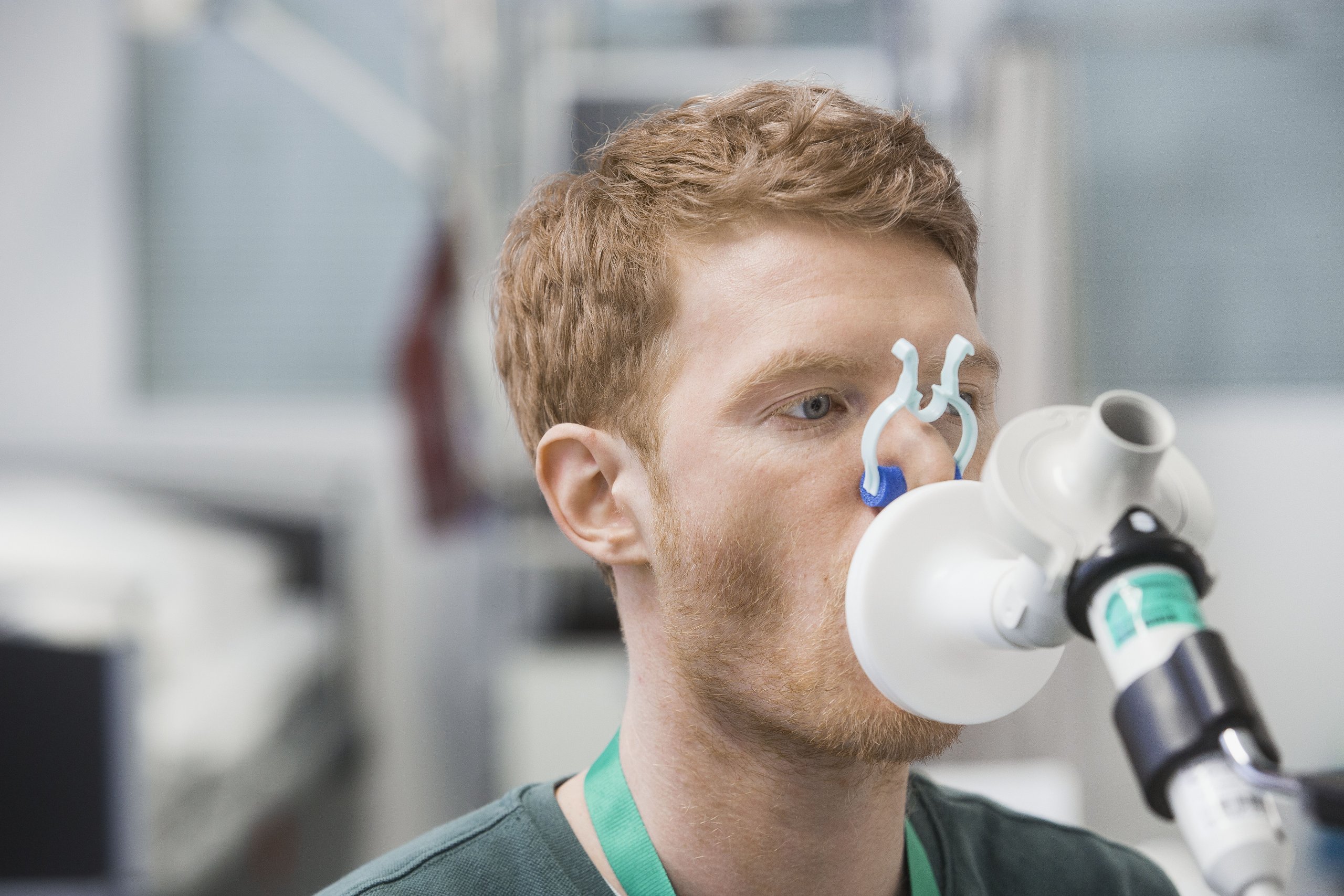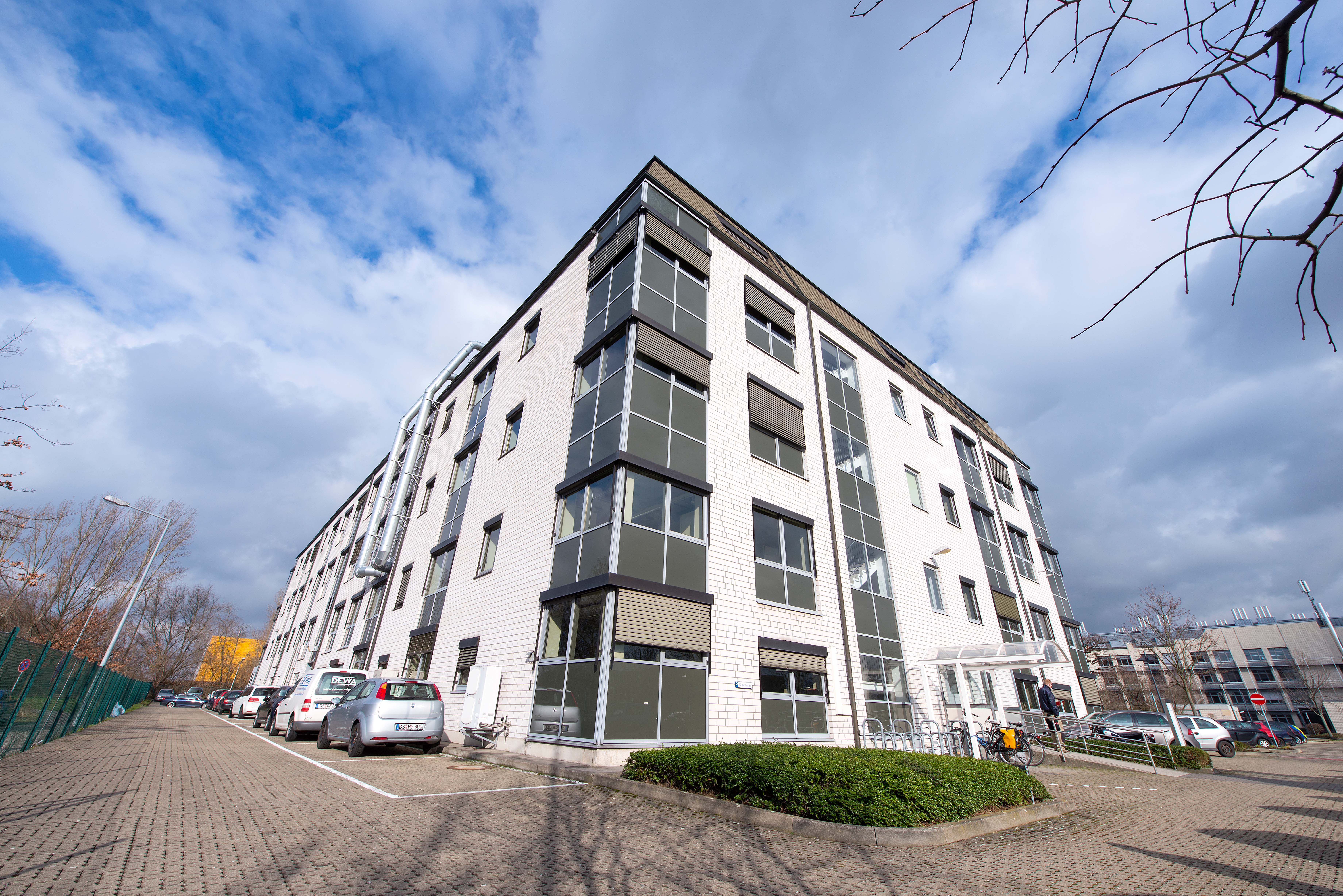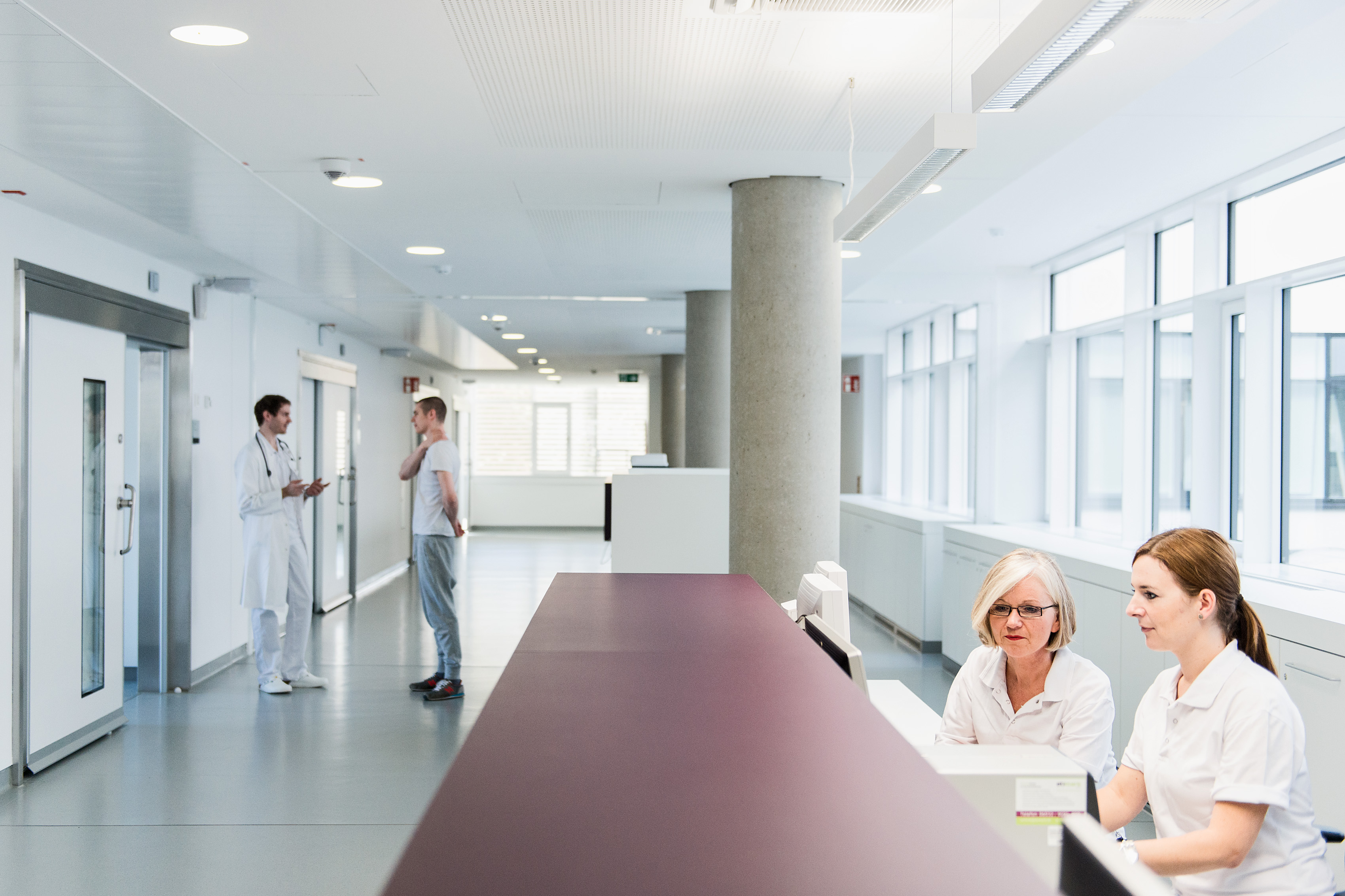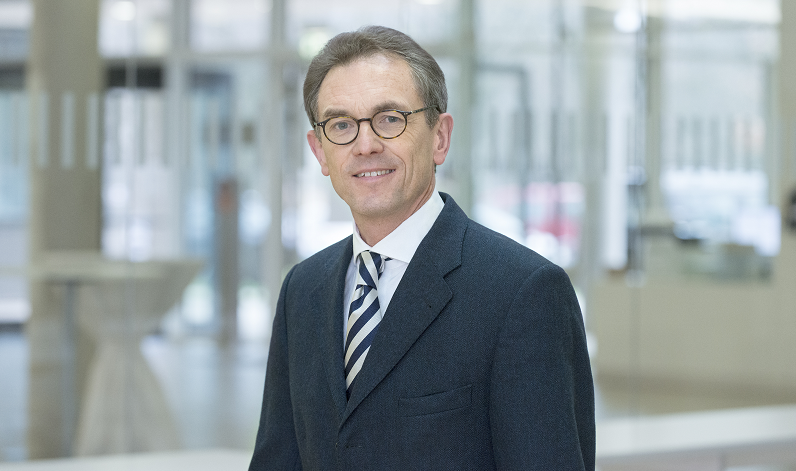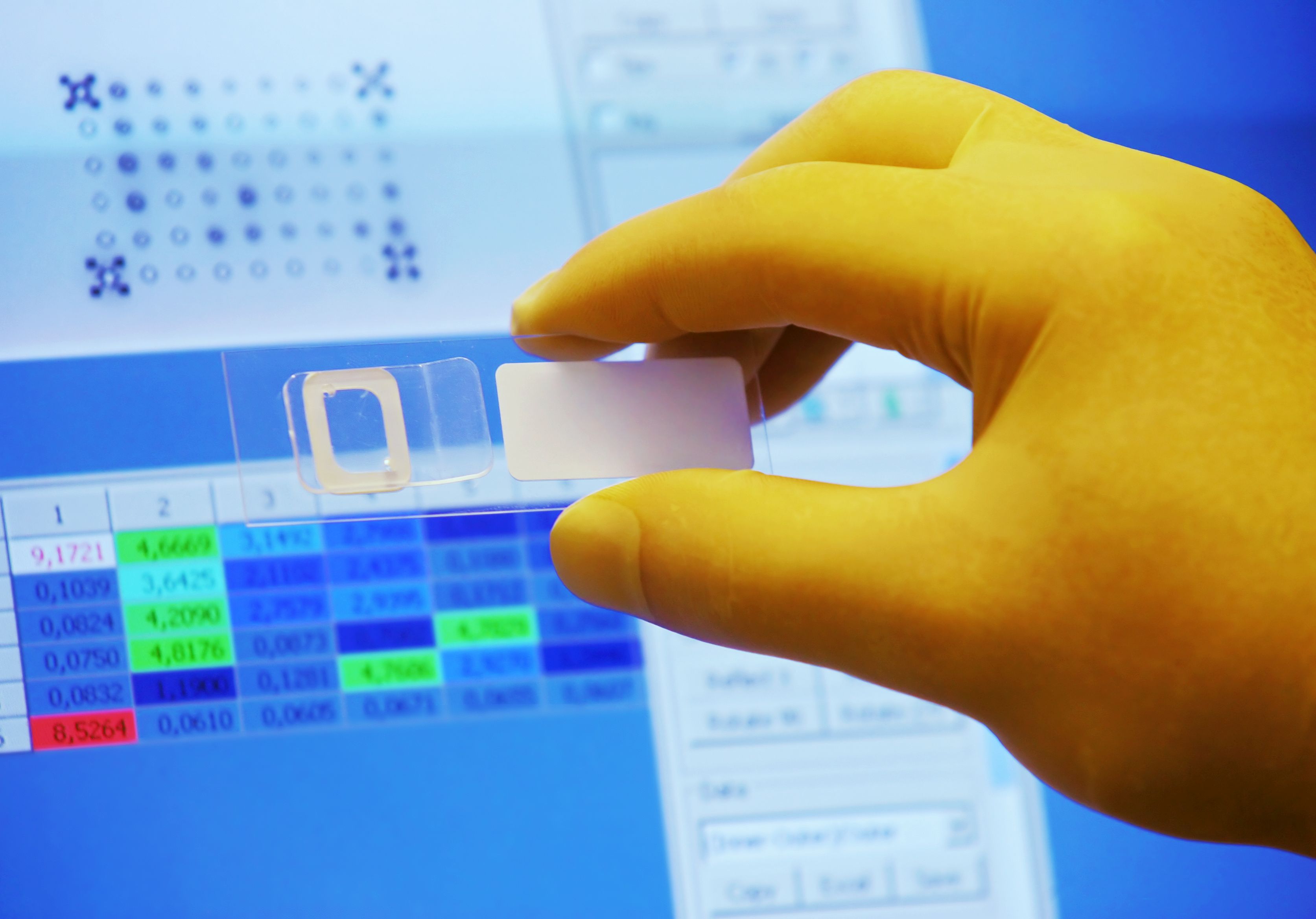1981
Start as Fraunhofer ITA
On May 27, 1981, the Fraunhofer Institute in Hannover started its operations – after only two years of planning and construction. One of the factors that had led to the founding of the institute was the enactment of the Chemicals Act in 1980. The research focus of the institute was on inhalation toxicology, with the lung as primary target organ. The first two institute directors were aerosol physicist Prof. Werner Stöber and pathologist Prof. Ulrich Mohr, head of the Department of Experimental Pathology at the Hannover Medical School at the time.
A large research project on behalf of an automobile manufacturer was already on its way: exhaust emissions were to be investigated. In early summer 1981, more than 40 employees were at work in the new laboratories and offices. “Fraunhofer Institute of Toxicology and Aerosol Research ITA” was the institute’s initial name, indicating already its thematic focuses.
The aim was to elucidate correlations between the presence of airborne pollutants and their toxic effects in human beings. The scientists therefore focused their research in the fields of inhalation toxicology, environmental hygiene, cell biology, testing of chemicals, aerosol research, and analytical chemistry.
 Fraunhofer Institute for Toxicology and Experimental Medicine
Fraunhofer Institute for Toxicology and Experimental Medicine



